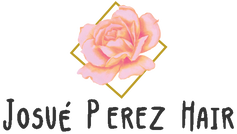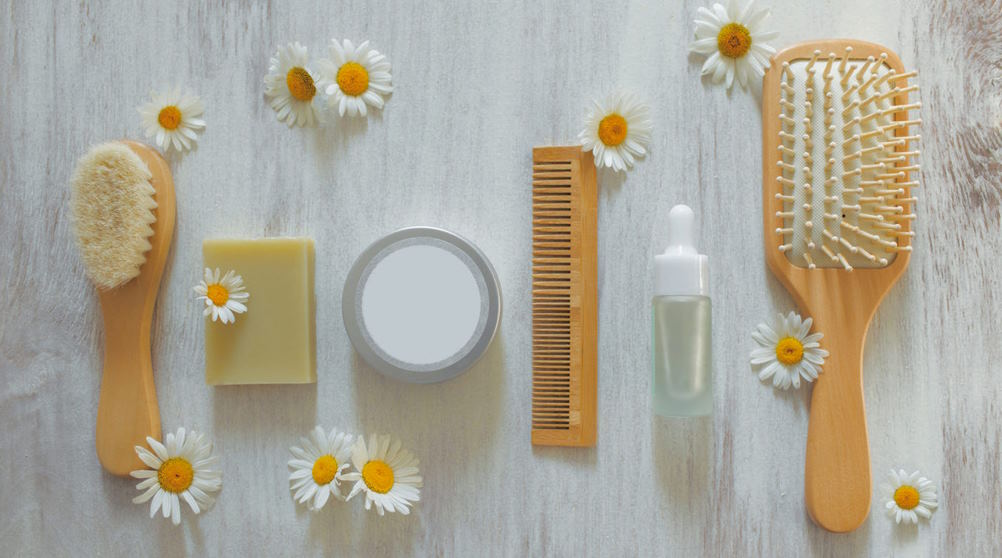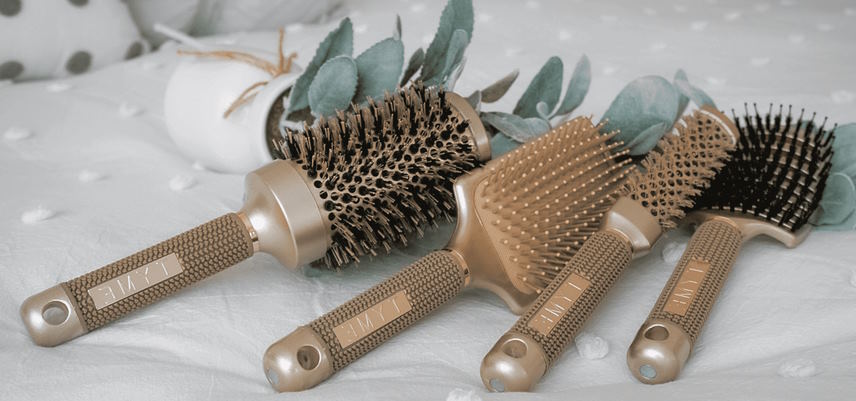Choosing the right hairbrush for your hair type is crucial in maintaining healthy locks and achieving the perfect hairstyle. With a plethora of hairbrush options available in the market, it can be overwhelming to know which one is best suited for your hair type. Using the wrong hairbrush can result in hair breakage, frizz, and a lackluster appearance. We will explore the different types of hairbrushes, their features and offer practical tips on selecting the perfect hairbrush to achieve your desired look while keeping your hair healthy and vibrant. So say goodbye to bad hair days and hello to flawless locks with the right hairbrush in hand!
Types of Hairbrushes
When it comes to choosing the right hairbrush for your hair type, it’s essential to consider not only the bristle types but also the brush shapes, sizes, and additional features. So let’s explore these different aspects of hairbrushes and their impact on your hair type.
Bristle types:
- Natural bristles: These bristles are typically made from boar hair and are gentle on the hair, making them ideal for fine, thin, or delicate hair. They help distribute natural oils from the scalp to the ends of the hair, promoting a healthy shine.
- Synthetic bristles: These bristles are made from materials like nylon or plastic, and they are ideal for thick, coarse, or heavy hair. They provide more tension and are great for detangling and styling, but they may not be as gentle as natural bristles.
Brush shapes and sizes:
- Paddle brush: This type of brush has a flat, rectangular shape and is perfect for detangling long, straight hair. It helps smooth out the hair and is also great for creating sleek hairstyles.
- Round brush: This type of brush is cylindrical and is commonly used for blow-drying. It adds volume, creates curls or waves, and provides shape and lift to the hair.
- Vented brush: This type of brush has openings or vents on the back, allowing air to circulate and reduce drying time. It’s great for quick drying and is suitable for all hair types.
- Teasing brush: This type of brush has narrow rows of bristles close together and is used for backcombing or teasing the hair to create volume and texture.
Additional features:
- Ionization: Some hairbrushes come with ionization technology that helps reduce frizz and static, leaving the hair smooth and shiny.
- Boar bristles: Brushes with boar bristles are known for distributing natural oils from the scalp to the hair, providing shine and improving hair health.
- Cushioning: Some brushes have cushioning or padding on the bristle area, which helps protect the scalp and reduce hair breakage.
Choosing the Right Hairbrush for Your Hair Type
Selecting the right hairbrush for your hair type is essential for achieving healthy, luscious locks and flawless hairstyles. With various options available in the market, it’s crucial to consider factors such as bristle type, brush shape and size, additional features, and maintenance. Let’s delve into these key aspects to help you make an informed decision for your hair care routine.
Matching hairbrush bristle type with hair type:
- Natural bristles like boar bristles are gentle and ideal for fine, thin, or delicate hair types. They distribute natural oils and promote a healthy shine.
- Synthetic bristles made of materials like nylon or plastic are suitable for thick, coarse, or heavy hair. They provide more tension for detangling and styling but may not be as gentle as natural bristles.
Selecting the appropriate brush shape and size for desired hairstyle:
- Paddle brushes are great for detangling long, straight hair and creating sleek hairstyles.
- Round brushes are perfect for blow-drying, adding volume, creating curls or waves, and providing shape and lift to the hair.
- Vented brushes are ideal for quick drying and suitable for all hair types, as they allow air to circulate.
- Teasing brushes with narrow rows of bristles are used for backcombing or teasing to create volume and texture.
Considering additional features based on individual needs:
- Ionization technology in some brushes helps reduce frizz and static, leaving the hair smooth and shiny.
- Boar bristles in brushes can distribute natural oils and improve hair health.
- Cushioning or padding on the bristle area can protect the scalp and reduce hair breakage.
Tips for maintaining and cleaning hairbrushes:
- Regularly remove hair from the brush bristles with a comb or your fingers to prevent buildup.
- Wash the brush bristles with mild shampoo and water to remove dirt and oils.
- Allow the brush to dry completely before using it again to prevent mildew or mold growth.
Common Mistakes to Avoid
When it comes to using hairbrushes, it’s important to be mindful of common mistakes that can potentially harm your hair. Avoiding these mistakes can help you maintain healthy and beautiful hair. Let’s take a look at some of the most common mistakes to avoid in your hairbrushing routine.
Using the wrong hairbrush for your hair type:
Using the wrong hairbrush for your hair type can lead to damage, breakage, and ineffective styling. For instance, using a brush with stiff bristles on fine, delicate hair can cause breakage, while using a brush with soft bristles on thick, coarse hair may not provide enough tension for effective detangling. Matching the hairbrush bristle type, brush shape, and size with your hair type is crucial to avoid unnecessary damage.
Overbrushing or aggressive brushing techniques:
Overbrushing or using aggressive brushing techniques can also damage your hair. Brushing your hair excessively or with excessive force can lead to hair breakage, especially when your hair is wet or tangled. It’s important to be gentle and use proper brushing techniques, such as starting from the ends and gradually working your way up, to avoid unnecessary damage to your hair.
Neglecting proper cleaning and maintenance of hairbrushes:
Proper cleaning and maintenance of hairbrushes are often overlooked, but they are crucial for maintaining their effectiveness and preventing the buildup of dirt, oils, and hair products. Neglecting to clean your hairbrush regularly can lead to a buildup of bacteria and dirt, which can transfer back to your hair, making it less healthy and manageable. Therefore, cleaning your hairbrushes regularly is important, removing hair from the bristles and washing them with mild shampoo and water to keep them clean and hygienic.



